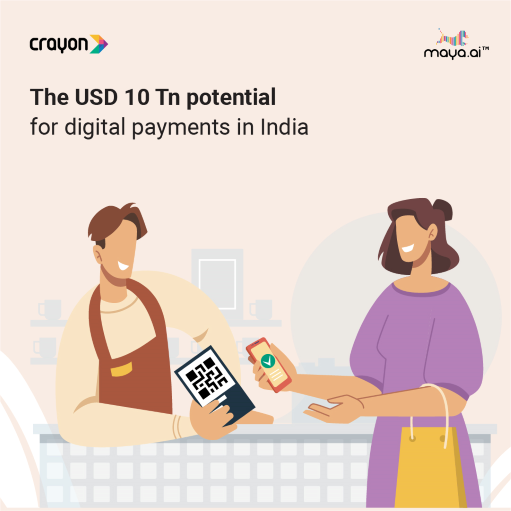The Reserve Bank of India’s recent announcement on the launch of UPI 123Pay reminded me of a conversation I had in New Delhi a few years ago. I was traveling home by auto-rickshaw. And I stopped briefly to pick up groceries. Once my order was packed, I paid via digital wallet.
As we resumed the journey, the driver said, “Sir, I also want to pay money like you did using your phone. It looks very quick and easy.” I agreed, asking him what he would like to buy.
There were two surprising reasons he gave me.
- To transfer money back home, he had to use two agents. One to send, and one to receive it and give it to his family. Both took a commission. He wanted to save that money.
- The safety aspect. It was not advisable for daily wage workers like him to carry cash around. It could be easily lost or stolen.
However, there was one hitch. He could only afford a basic phone with no internet facility. “I’m also not literate. How can I use such a phone when I can’t read?” he asked.
With that, the conversation ended. But I was left wondering how fintechs would solve these real-life problems. Especially if they genuinely want to drive financial accessibility and inclusivity.
Let’s look at some statistics.
India sees the maximum number of digital payments/transactions globally through UPI. The transaction value amounts to 300 Bn USD in FY 2021. This value is expected to triple to 1 Tn USD by 2026.
At the same time, these are also facts:
- There are 400 Mn feature phone users in India
- Internet penetration in India still stands at approximately 50%
- The literacy rate in India on average is at 75%
Hence, for India as country to truly adopt digital payments, it is critical that this part of the population is not left behind. They need relevant products which bring them onboard the digital bandwagon. And with 123Pay, the journey seems to have begun.
This service allows feature phone users and people not connected over the internet to transact digitally. This includes money transfers to family and friends, checking account balances, utility bill payment, and FASTag recharge. And they’ll soon be able to link bank accounts and set and change UPI PINs.
The service also scores high on accessibility: users can choose from four different avenues.
- Interactive voice response or IVR
- Apps in feature phones
- Missed call-based payments
- Proximity sound-based payments
Coming up is a QR code facility, and regional language optimization.
While the theme of financial inclusivity and accessibility stays the focus, banks too have much to gain. After all, India has an unbanked population of 190 Mn. Providing them with services such as 123Pay will bring them into the formal banking sector.
This will expand banks’ customer base in rural areas. All that’s left to do is to leverage technology and provide a customer experience that keeps them coming back.

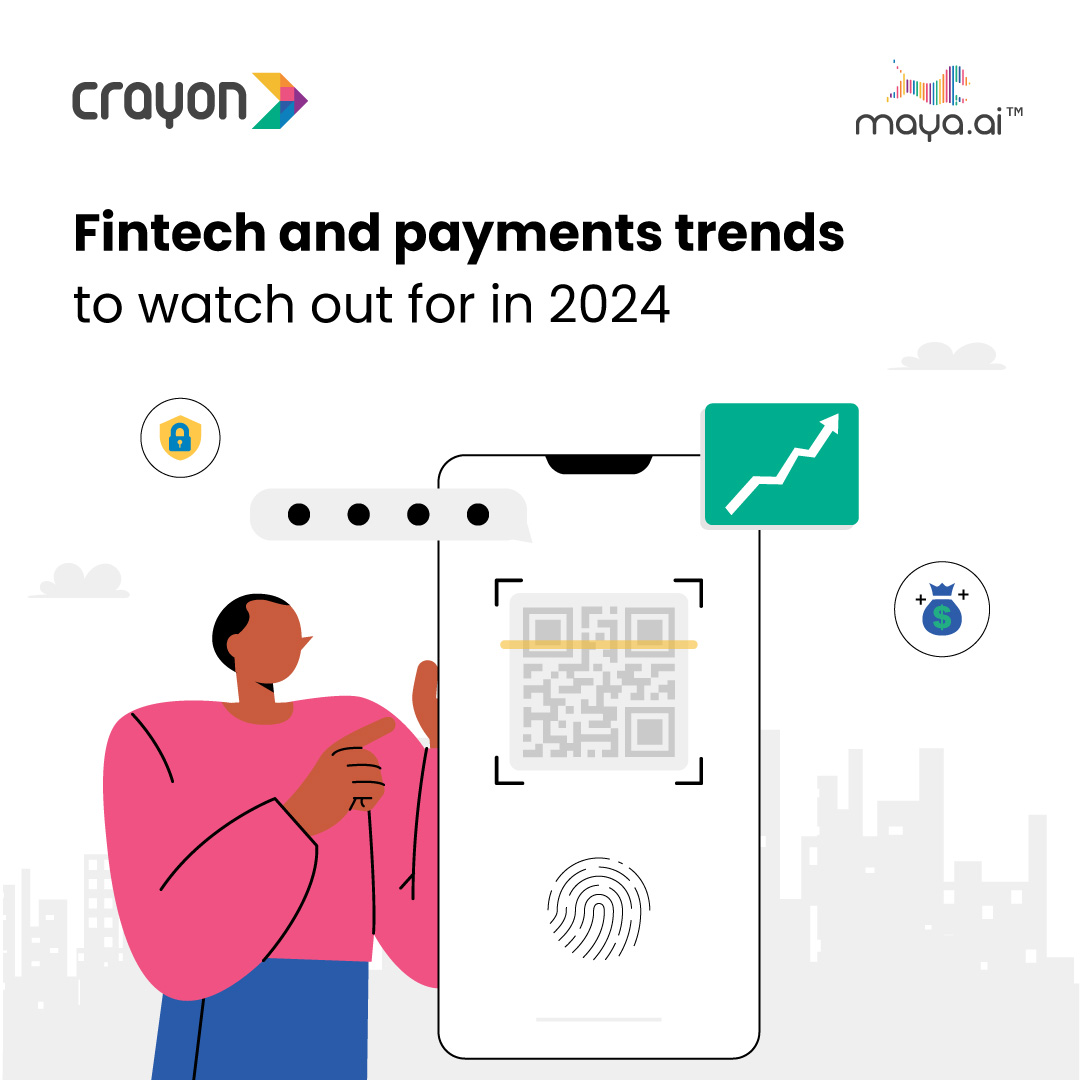
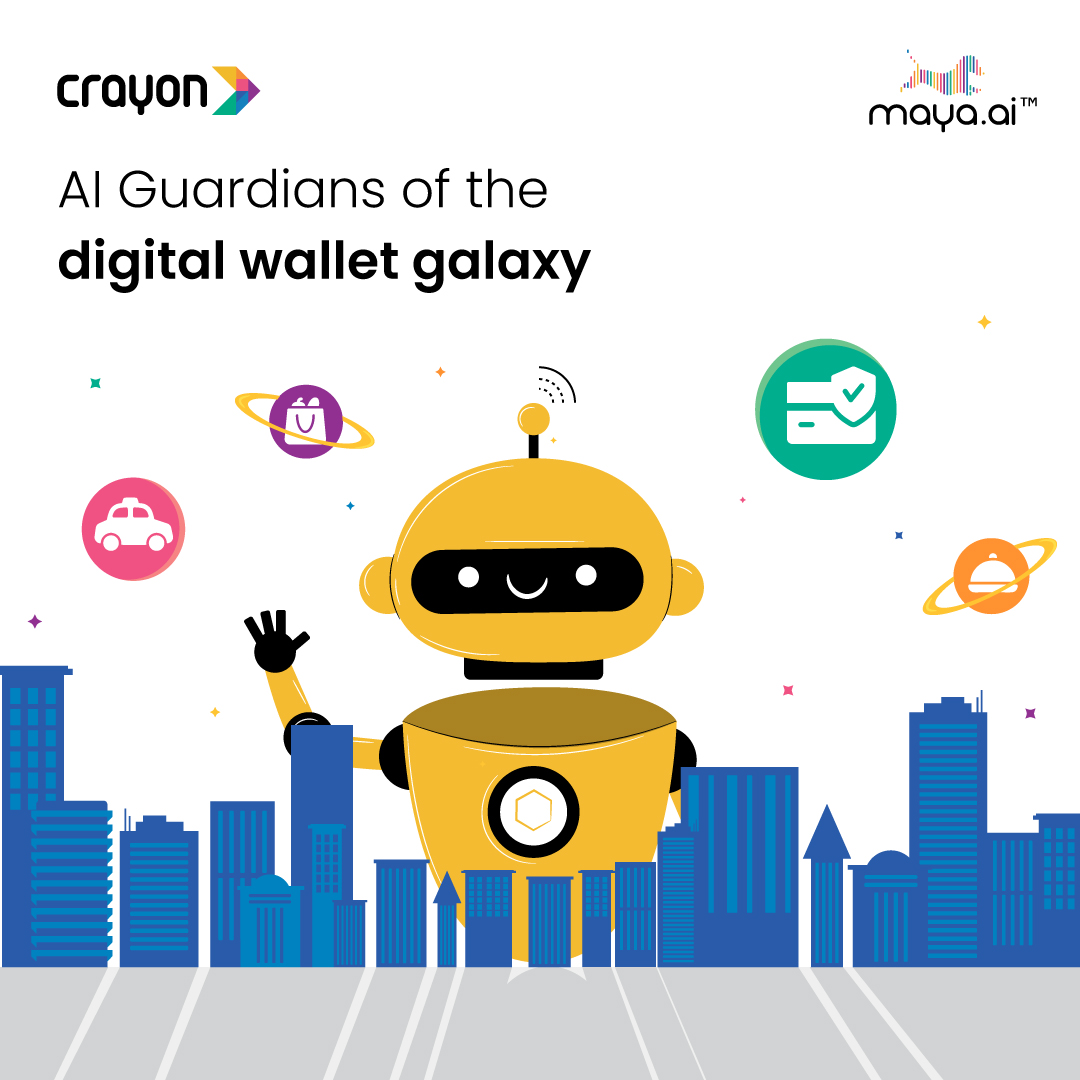
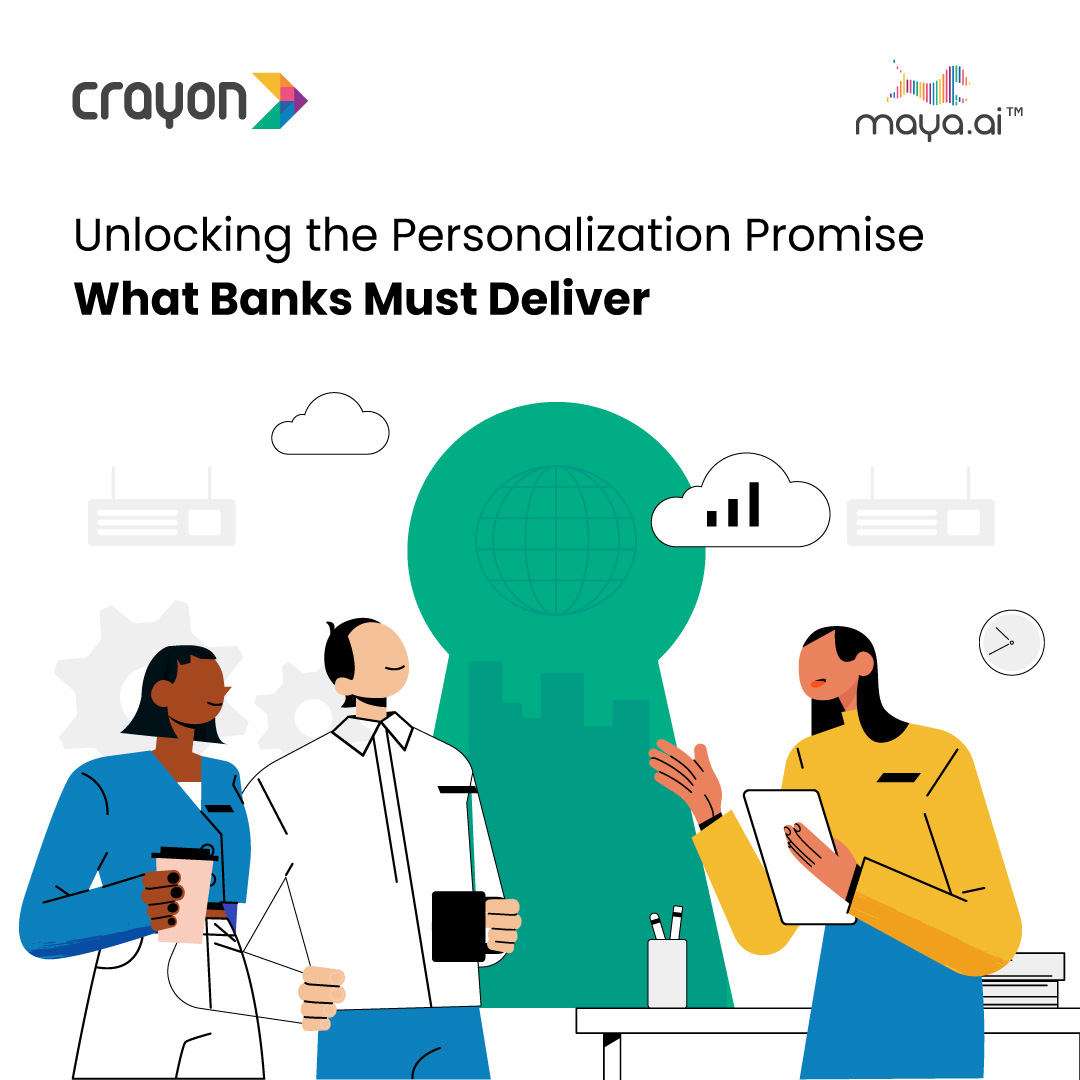




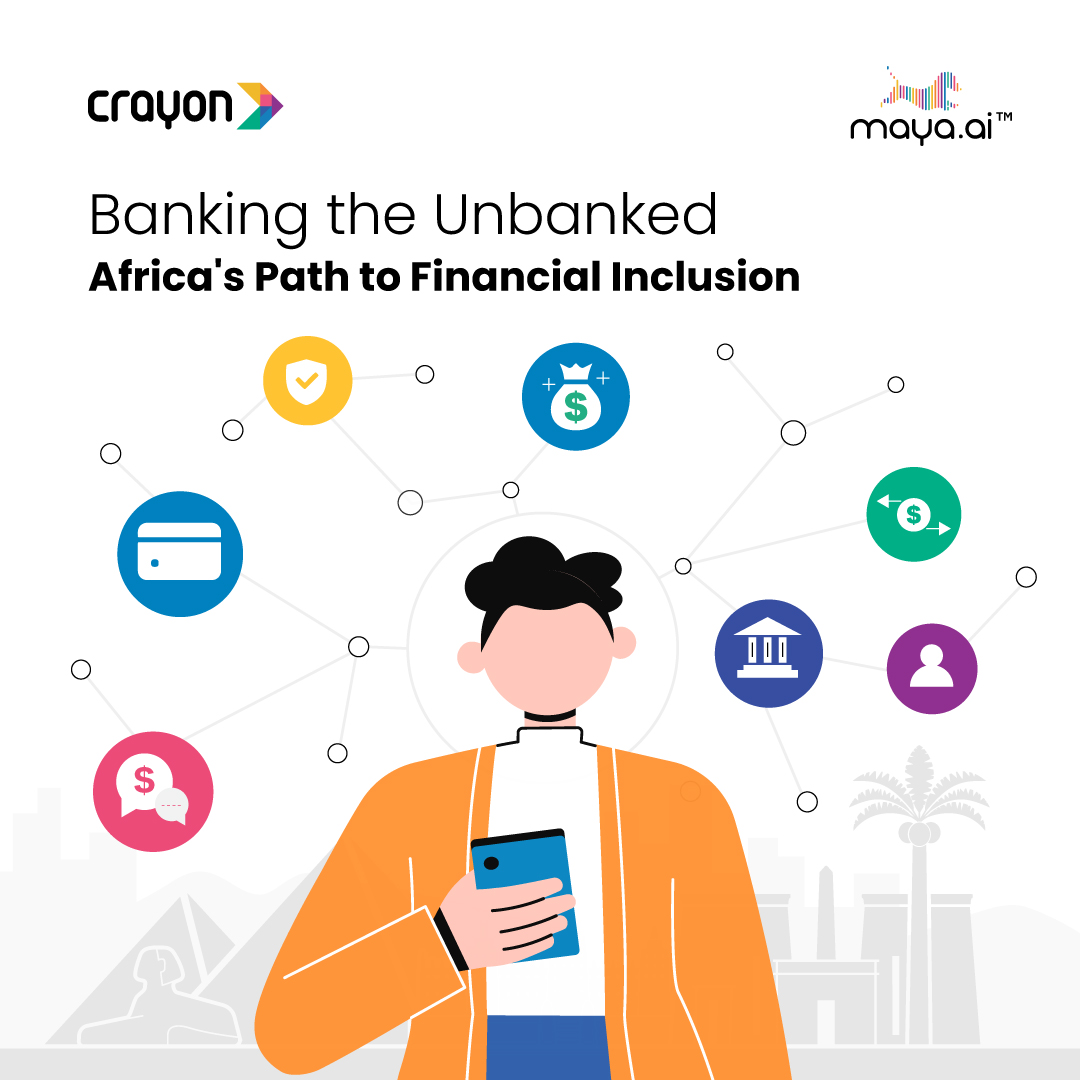

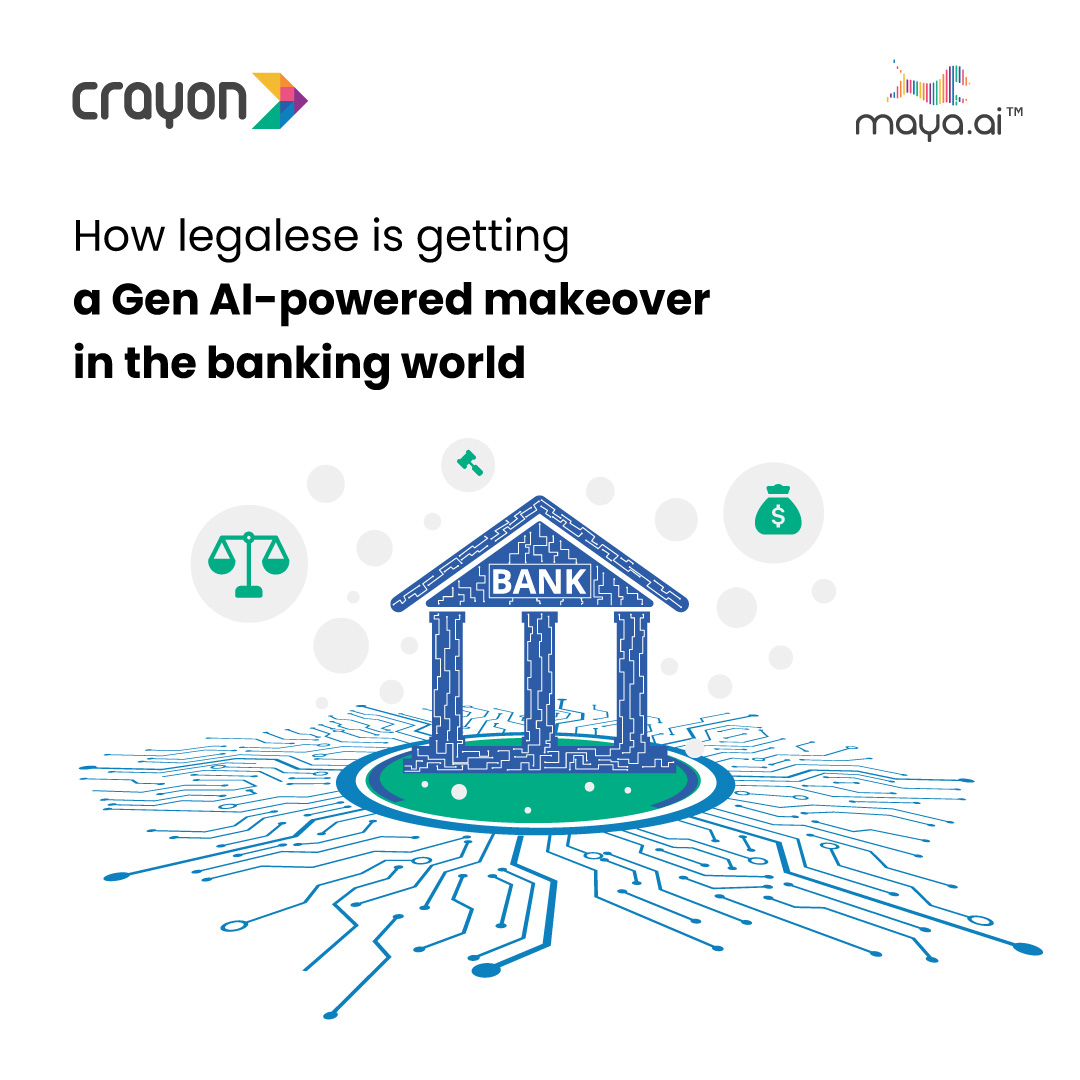

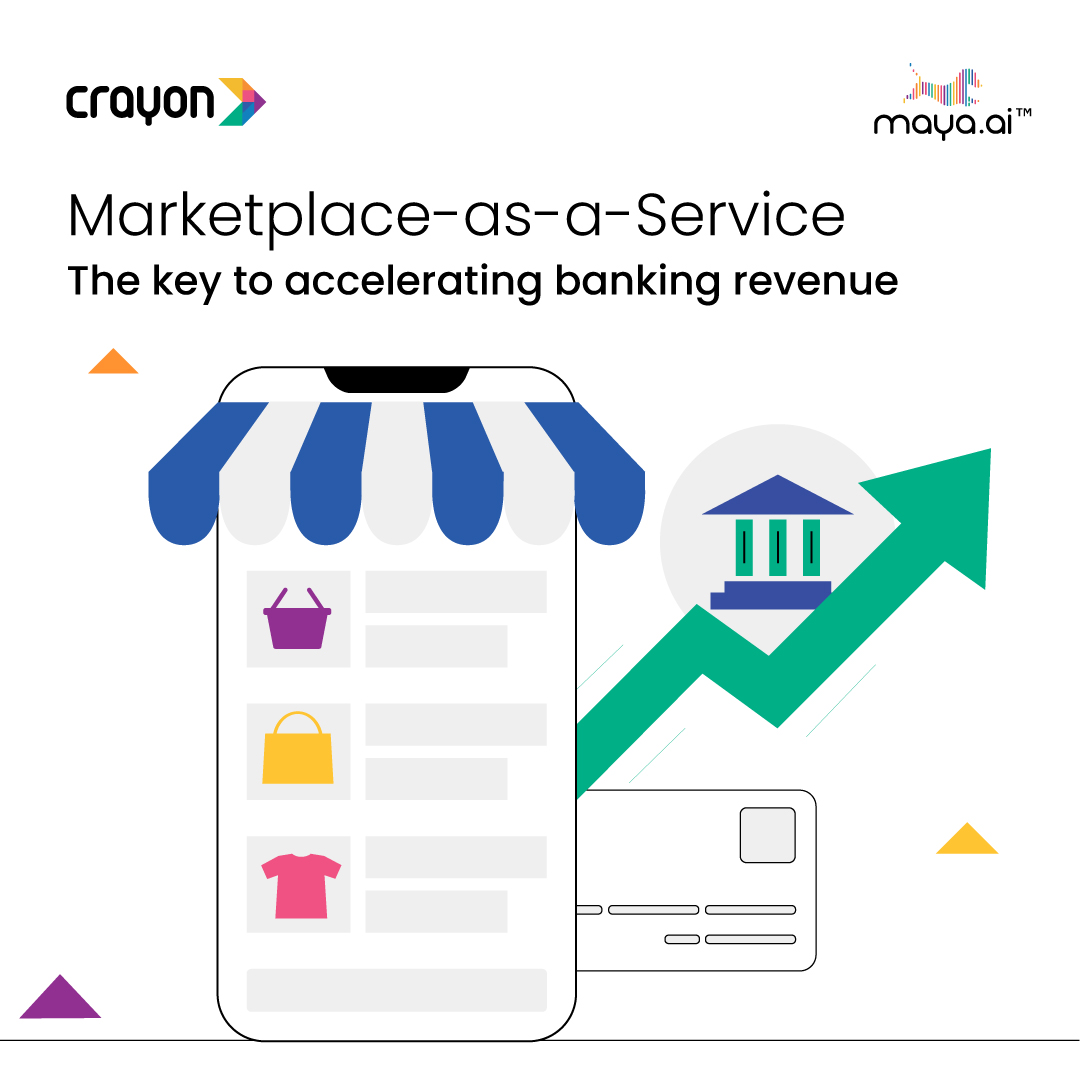


![Slaves to the Algo: AI podcast by Suresh Shankar [Season 1]](https://crayondata.ai/wp-content/uploads/2023/07/AI-podcast-by-Suresh-Shankar.jpg)
![Slaves to the Algo: an AI podcast by Suresh Shankar [Season 2]](https://crayondata.ai/wp-content/uploads/2023/08/version1uuid2953E42B-2037-40B3-B51F-4F2287986AA4modecompatiblenoloc0-1.jpeg)




